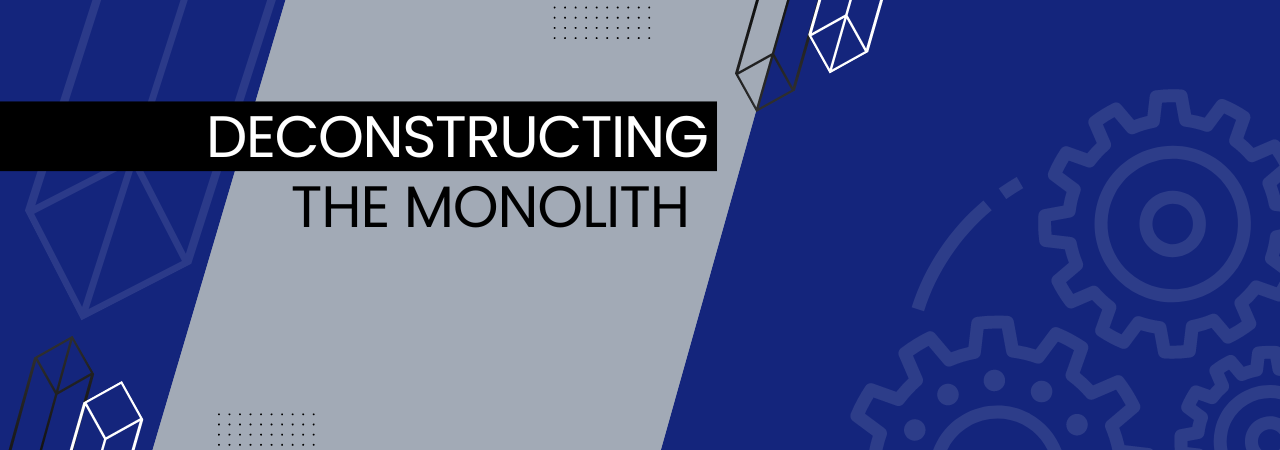
Ed Brumhead - Principal Consultant
Once again we have seen a major wealth management company go offline for an extended period of time. Performing a major technology upgrade, and going offline to advisors for a number of days is a common story in the wealth industry. As large monolithic platforms become increasingly difficult to maintain and upgrade. Is there a better way?
Monolithic platforms are large applications that handle multiple functions. In wealth this could include pricing, transactions, fees, client details, account management, corporate actions, and certificate management. If you want to add a new data item to your client details, this requires a full deployment of all changes in the application. As a result upgrades become increasingly risky and time consuming.
Microservices, or a modular architecture, allow each of these functions to be managed independently. Each component is self contained, and loosely coupled using API’s to communicate. This allows the upgrade of a distinct component without taking the whole application offline for an extended period.
By breaking down a monolithic application into specific components, it allows for a more controlled migration of data, smaller volumes of data are migrated reducing risk of data loss or corruption. Migration from monolithic applications to microservices can be phased as each function is replaced by the new microservices and removed from the monolith.
That's not to say microservices are the answer to all problems. Without balance it's easy to move from a complex monolithic application to a complex microservice architecture. Increasing the number of integrations increases the complexity of orchestrating communication between the microservices, increasing the risk of errors.
Robust data architecture is also needed, ensuring data is only stored where needed and is kept synchronised across services.
In the longer term however a microservice, or componentised architecture, can allow for distinct upgrades or vendor changes. No longer locking in a wealth platform with a single technology provider, but instead buying the best in market for each component and integrating them to build a best in class platform.
Answer has worked with a number of wealth and banking clients to design componentised architectures, helping to identify functions that will add the most business value by being componentised early. This helps provide confidence to the client and increase user engagement with the migration while the fact that the monolithic application remains intact ensures that there is always a low cost rollback option for any changes. Please contact us today if you would like to discuss replacing your own monolithic applications